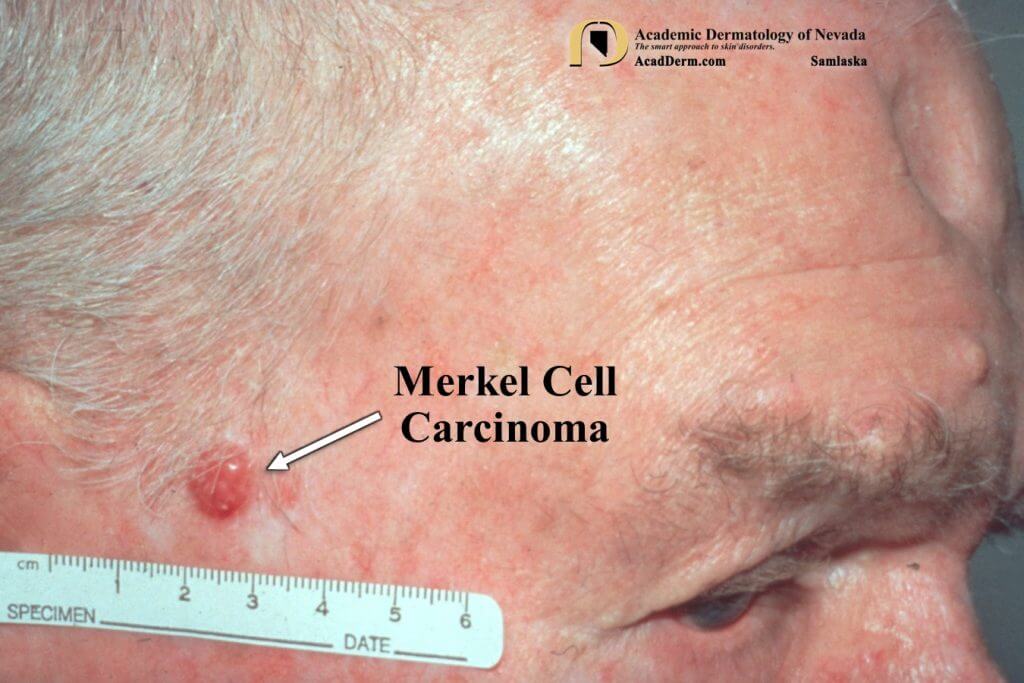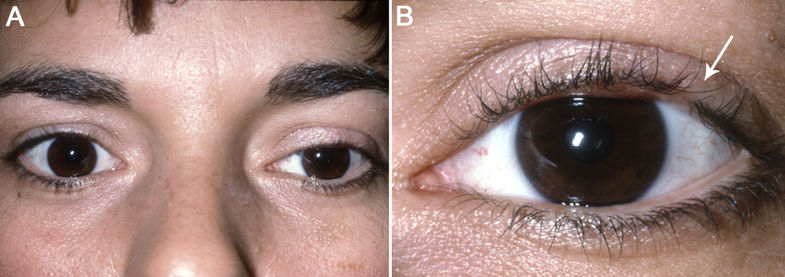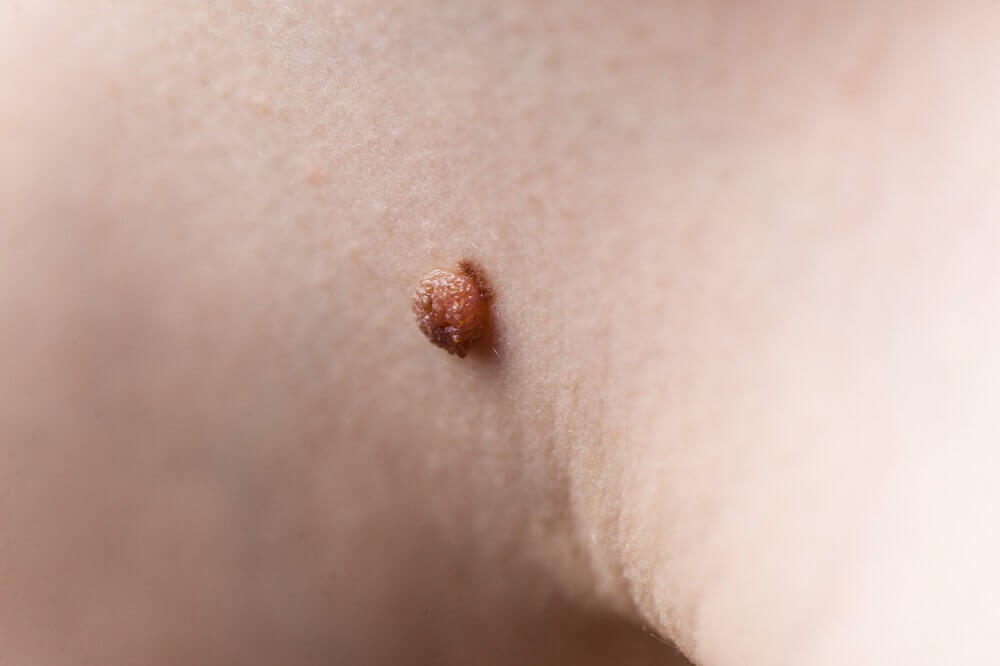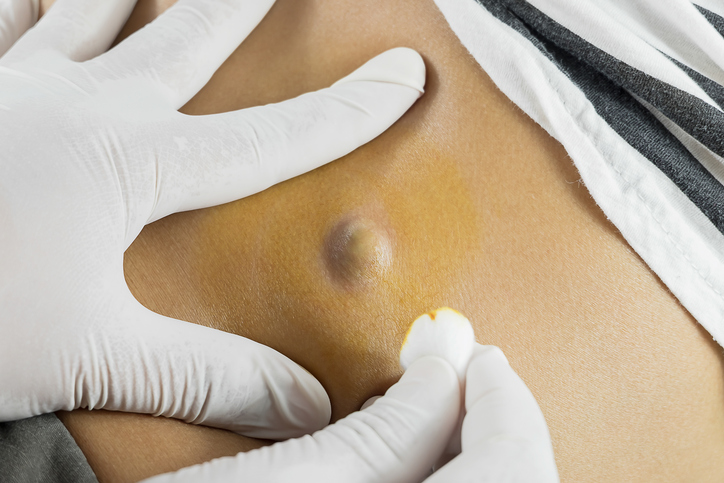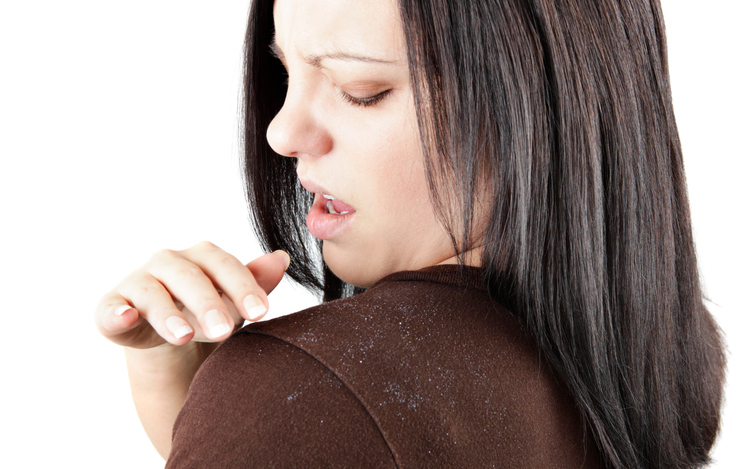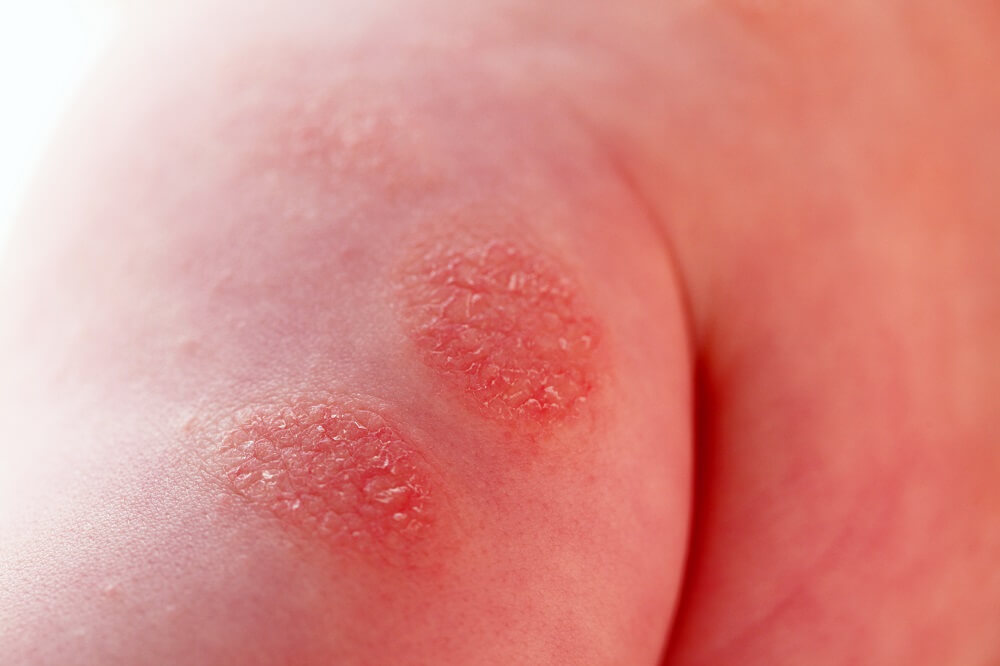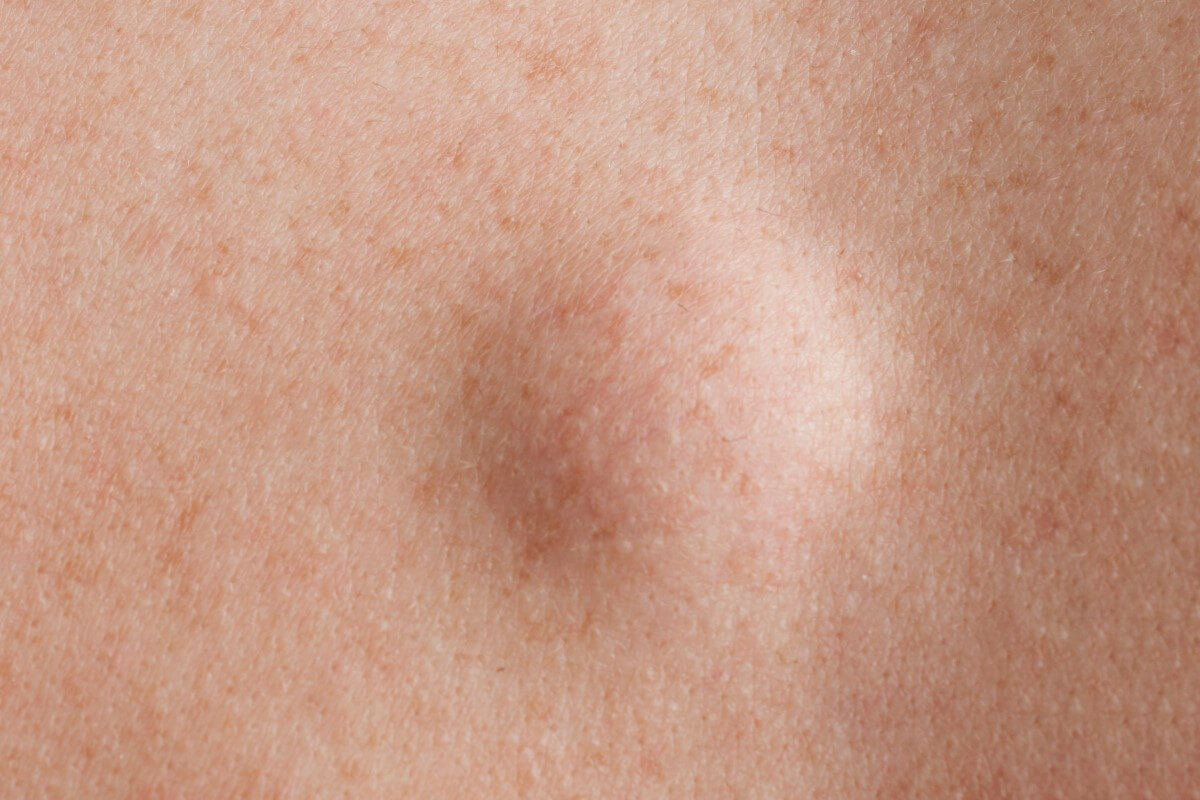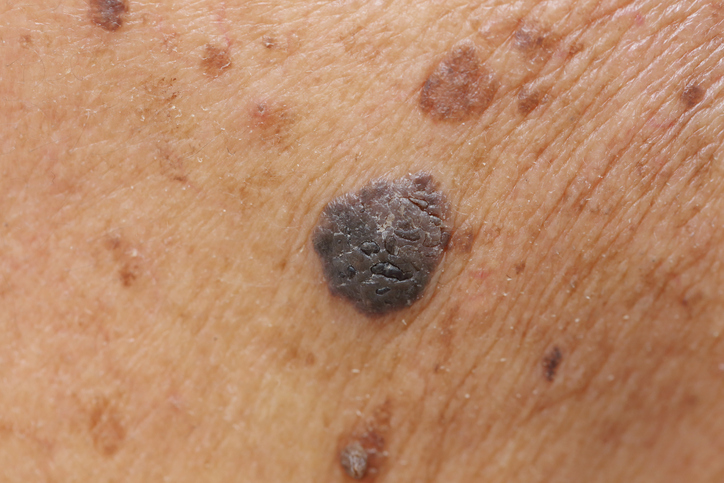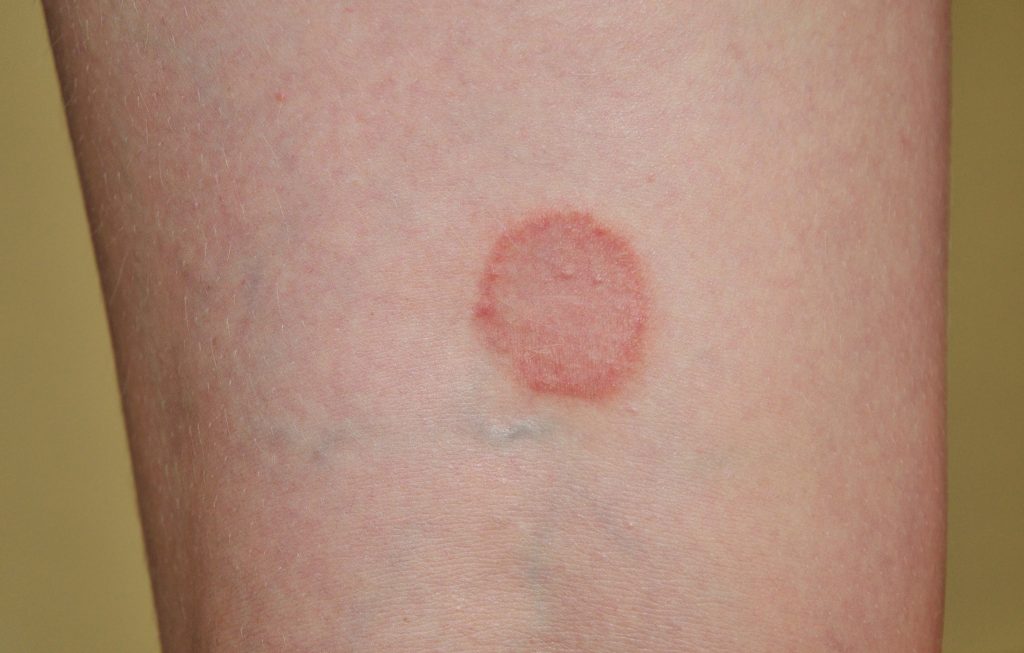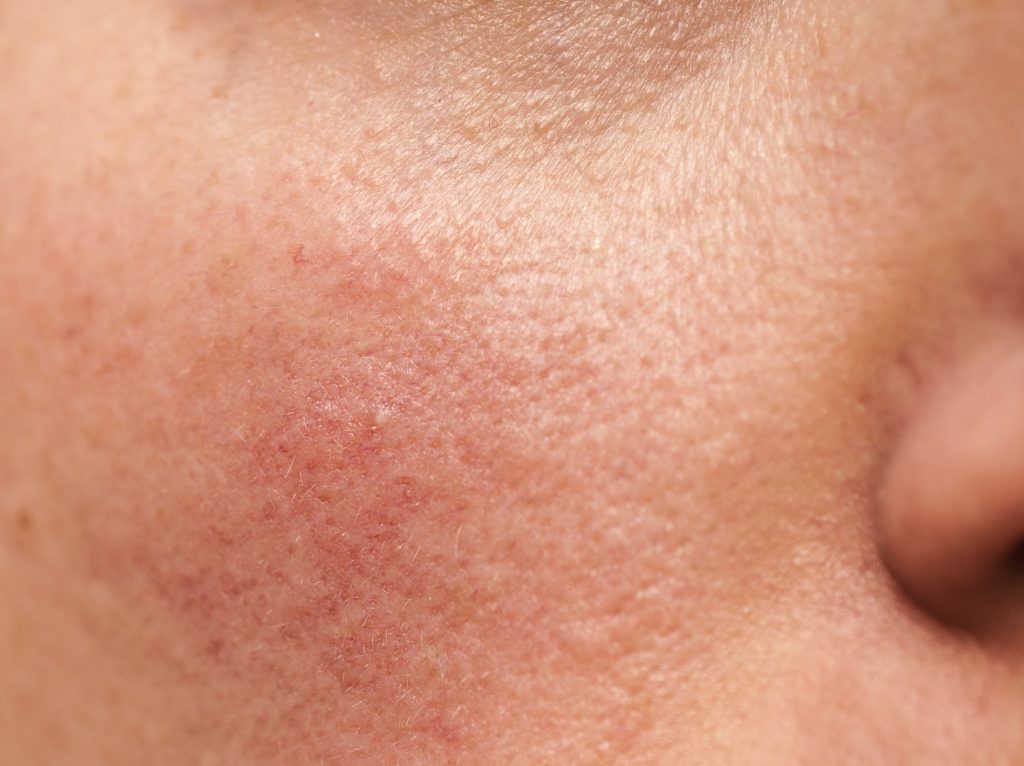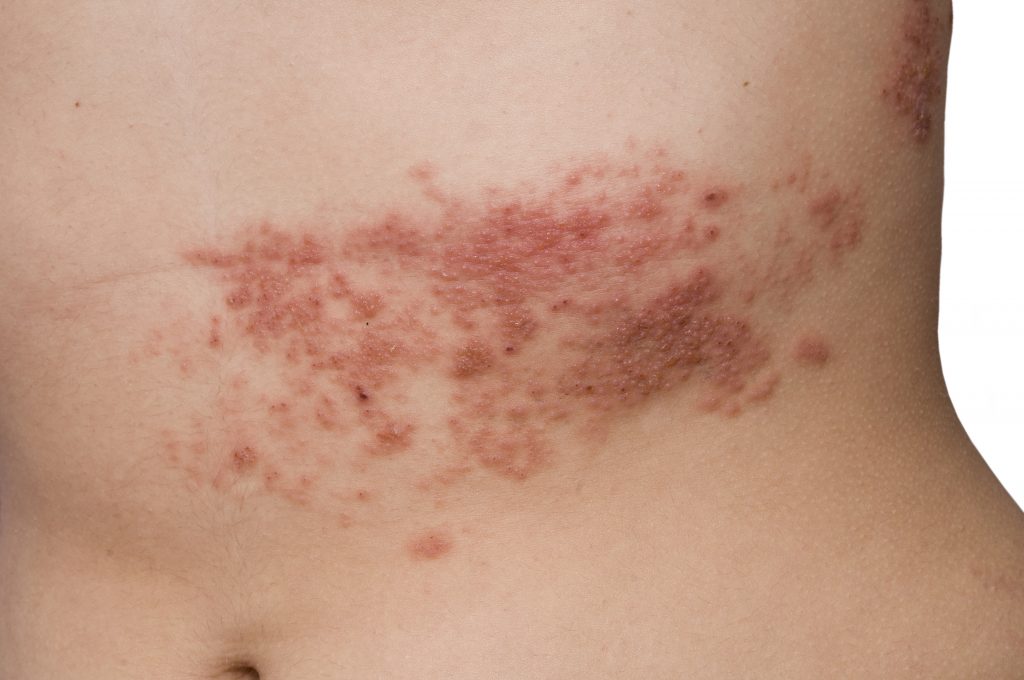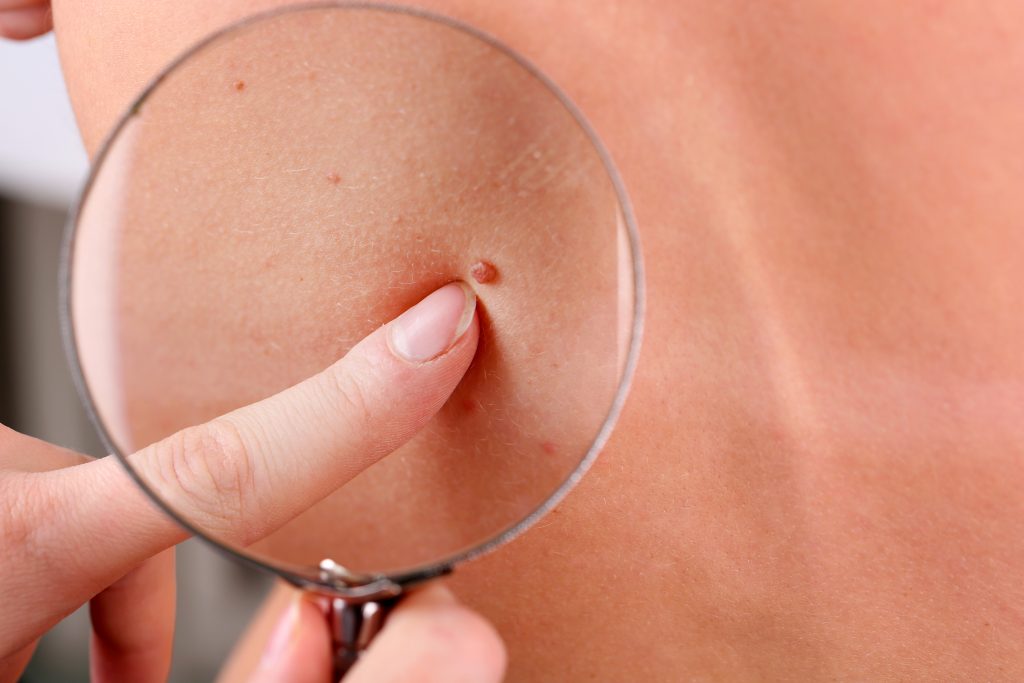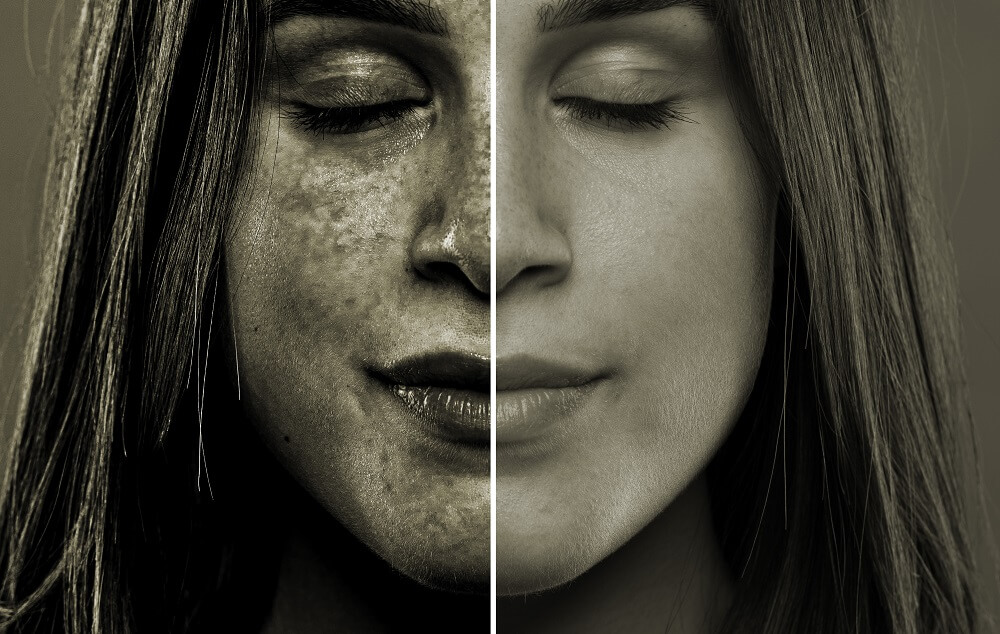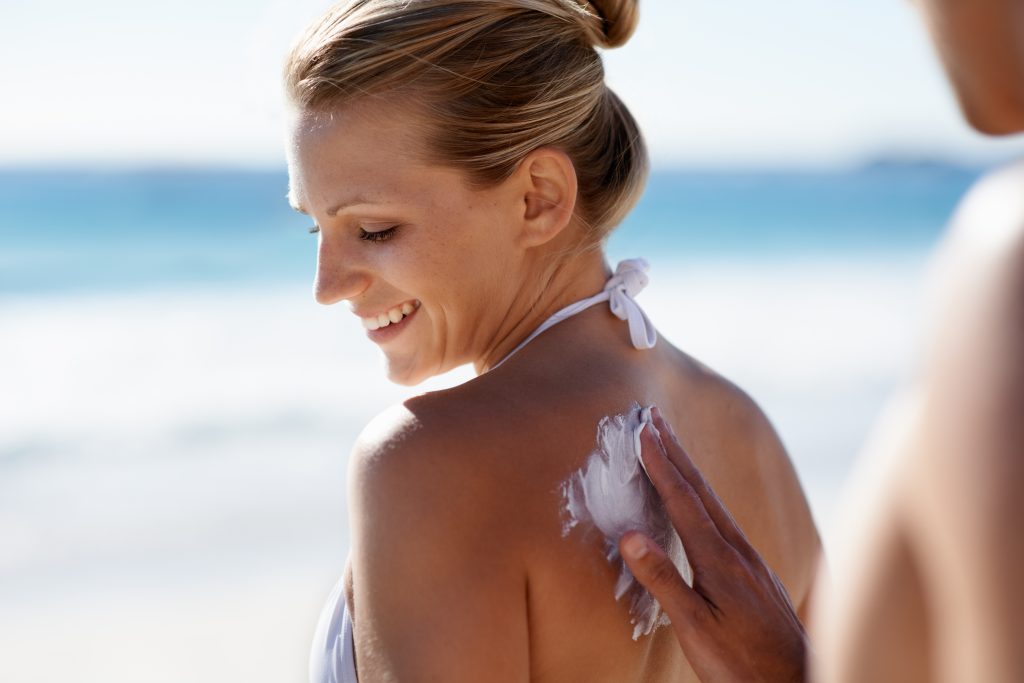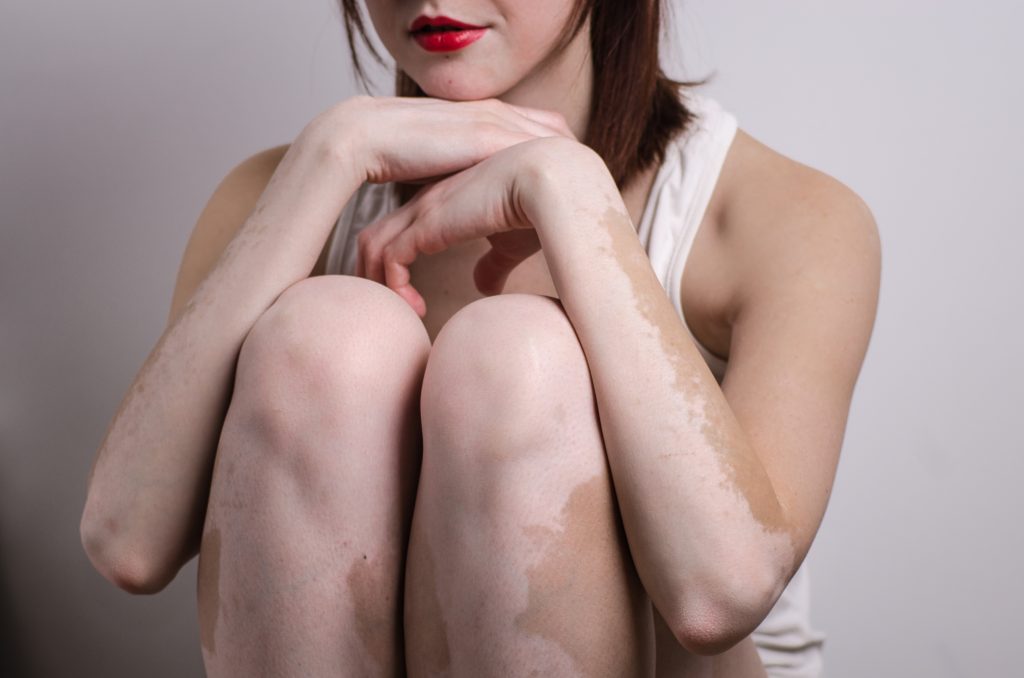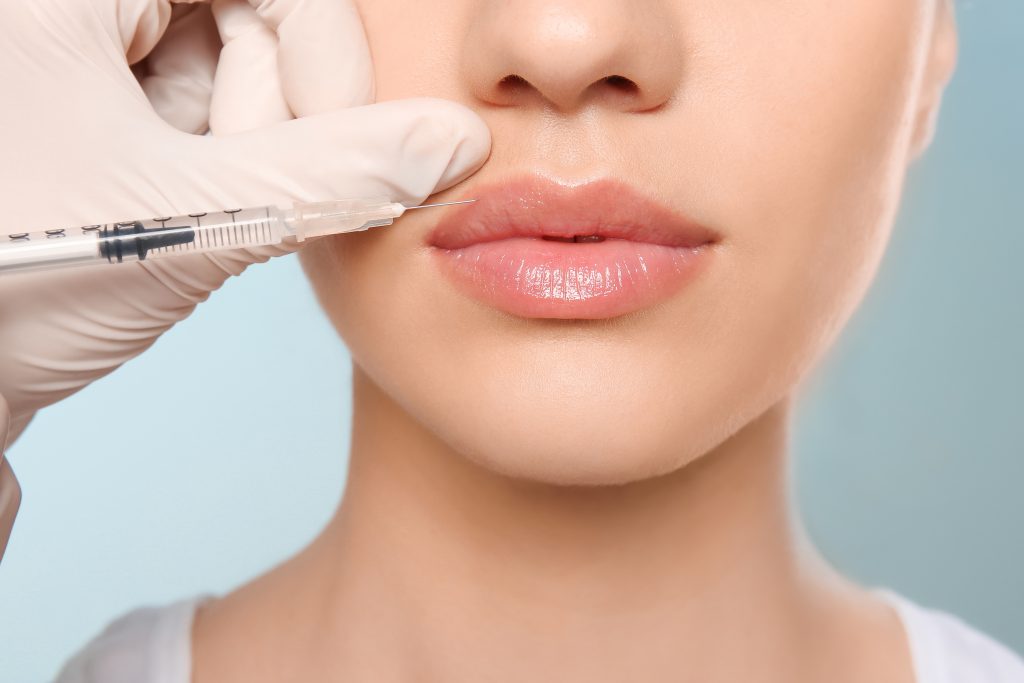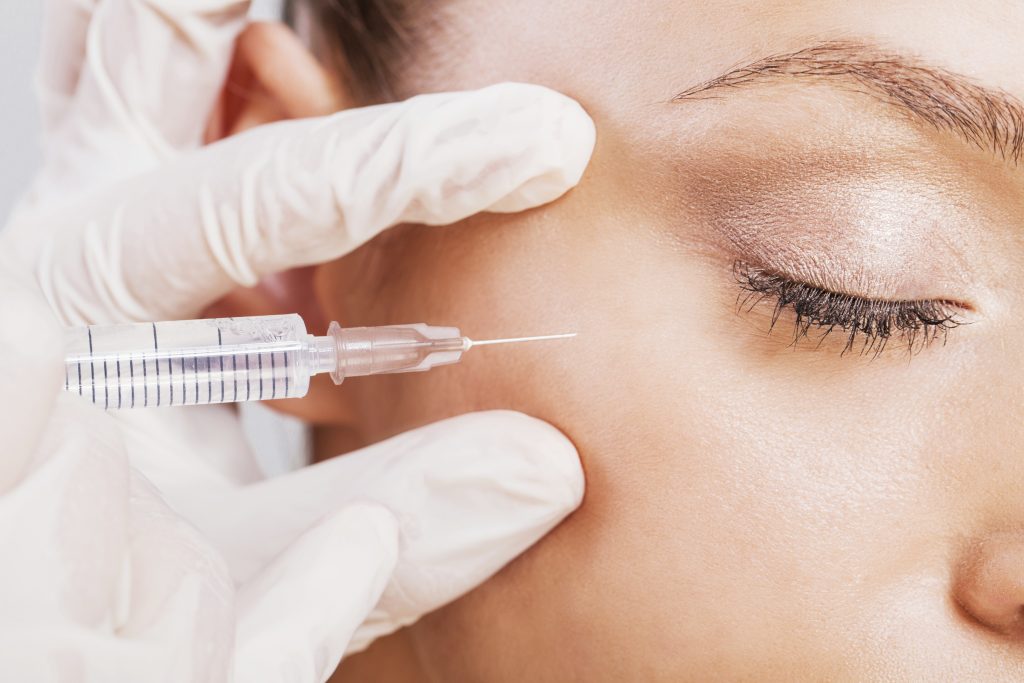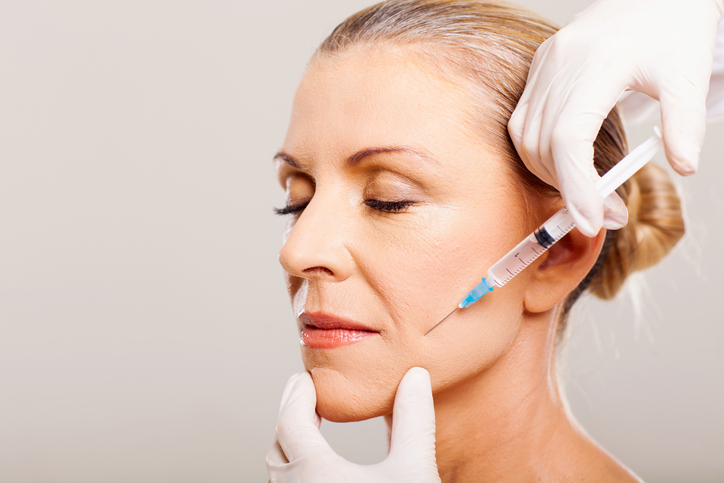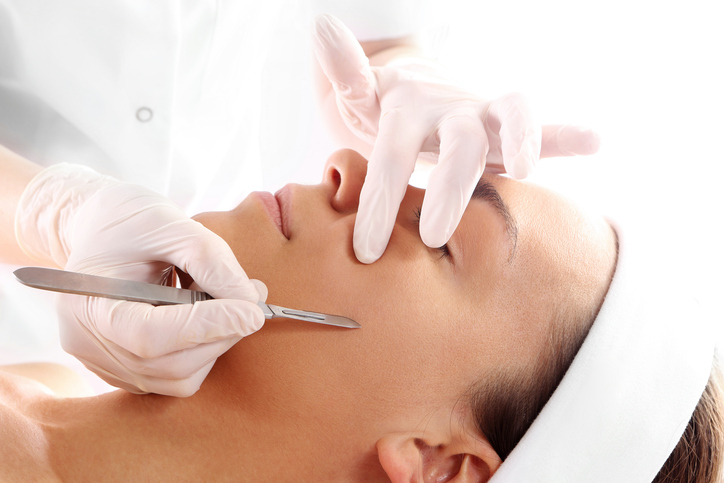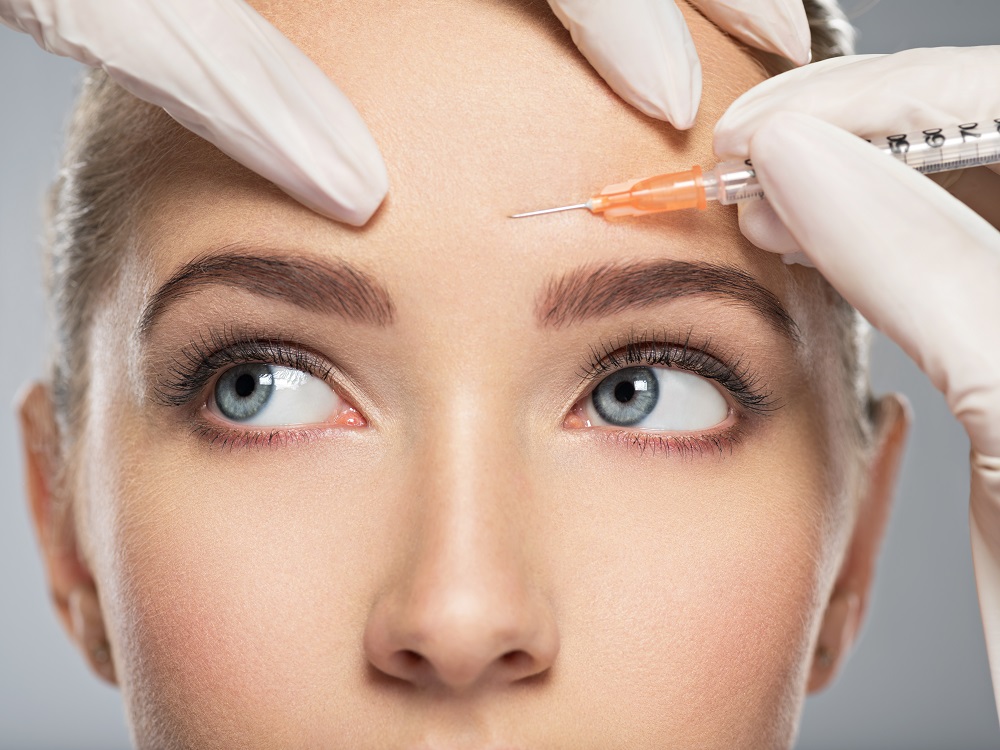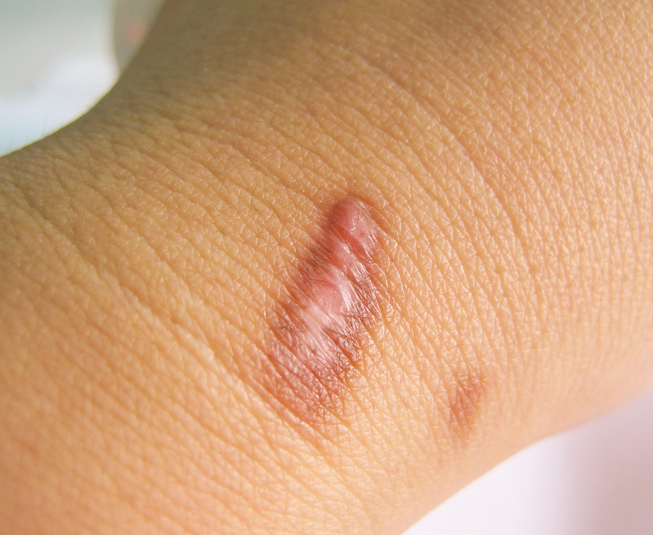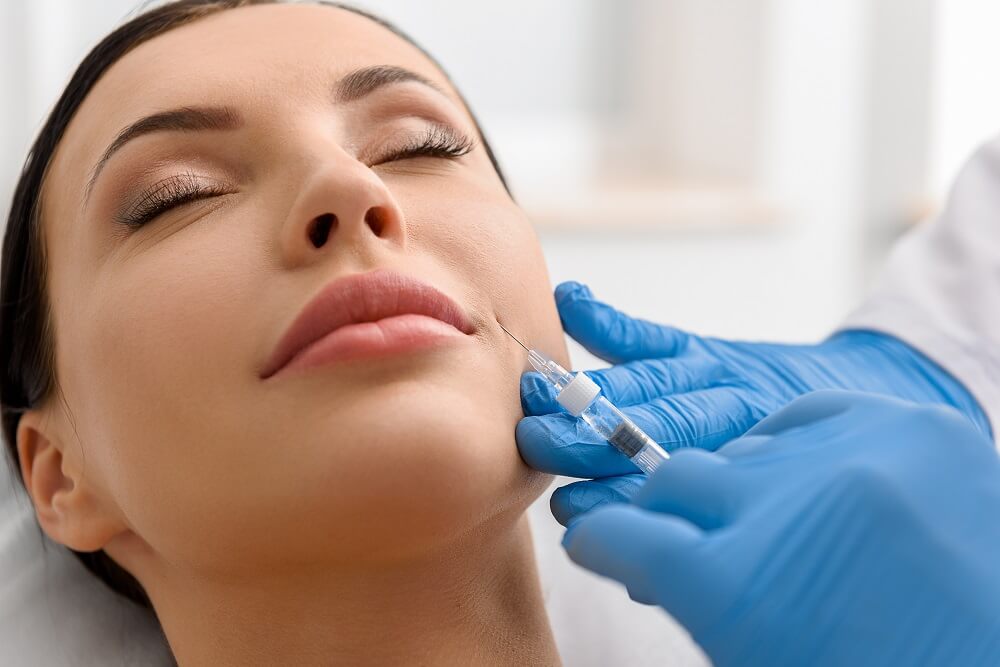Allison Wilbanks grew up in Tyler and attended Texas A&M University, where she graduated with a bachelor’s degree in biomedical science. Allison then graduated in 2011 from the University of North Texas Health Science Center in Fort Worth with a Master of Physician Assistant Studies.
Allison’s clinical interests include skin cancer treatment and prevention as well as acne and rashes. She’s also interested in cosmetic and surgical dermatology. “It’s rewarding to not only treat skin problems that a patient may be concerned with, but to also help prevent further issues through skin cancer screenings,” says Allison. “When I treat patients, I hope to help them on their journey to overall health and wellbeing.”
Allison practiced in our Tyler offices for several years prior to relocating to Central Texas where she sees patients in our Belton and Waco offices.
Allison practiced in our Tyler offices for several years prior to relocating to Central Texas. She and her husband love spending time with their children and friends, taking neighborhood walks, and exploring parks.






